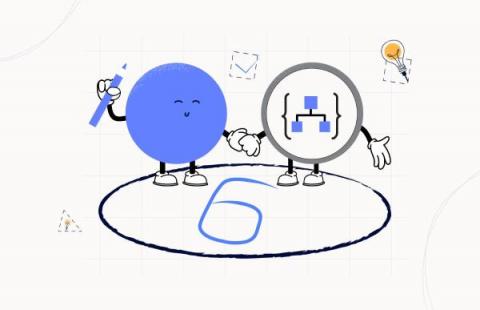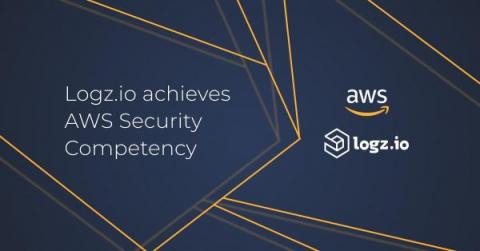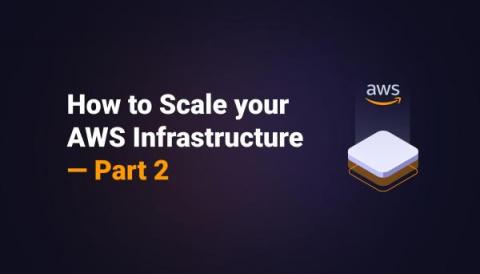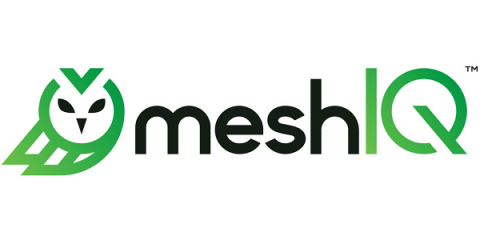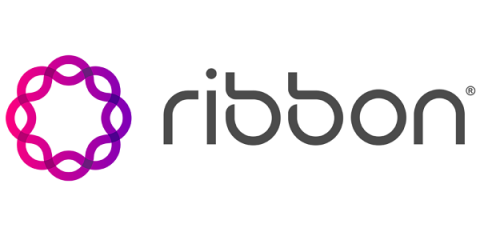Operations | Monitoring | ITSM | DevOps | Cloud
Latest News
What Are the Differences Between Elastic Beanstalk, EKS, ECS, EC2, Lambda, and Fargate?
Logic App Best practices, Tips and Tricks: #6 Error handling... configure run after settings
Foolproof Cloud Monitoring: 6 Ways to Utilize the Tools at Your Disposal
The cloud offers unparalleled flexibility. However, that flexibility comes at a cost. The amount of moving pieces increases. The environment becomes more heterogeneous. So, if you want to stay on top of things, you need a more comprehensive view of your cloud infrastructure. After all, you don’t want your customers to realize that something has gone awry before your people do. In this post, I’m going to talk about cloud monitoring.
The Ugly Truth About (Most) Cloud Rightsizing Recommendations
Rightsizing is about finding the optimal cloud configuration options to ensure that you get the performance you need—within any given constraints you are operating under—at the lowest possible cost. This is a simple proposition, but deceptively so. For one thing, business requirements are constantly changing, meaning that your workloads must adapt to support them, which in turn changes their operating parameters.
Partner Amplification - Logz.io Achieves AWS Security Competency
We’ve got some outstanding news to share in the arena of security partnerships: Logz.io® Cloud-based SIEM has officially achieved Amazon Web Services (AWS) Security Competency! This designation within the Logging, Monitoring, SIEM, Threat Detection, and Analytics category further demonstrates Logz.io’s proven commitment to delivering best-in-class security.
How to Scale your AWS Infrastructure - Part 2
My data killed my cloud project!
As we push more data to the cloud, avoidable mistakes are hampering migration. The biggest culprit: messy data with inadequate security and integration.Data transfers seem to be the easiest part of cloud migration. After all, migrating applications is the biggest pain in the neck. Data replication and migration should be simple, something that’s done during the last step of the application and data migration process. Right?
Ribbon and Continuant Strengthen Partnership by Enabling Cloud Migrations to Microsoft Teams Communications Solutions
Nagios Alternatives: Migrating from Nagios to Sensu
If you have worked in any part of the application delivery lifecycle long enough, there’s a very good chance you have directly used or been a consumer of Nagios. For a period of time in the early 2000s, it was the go-to solution for basic server monitoring and alerts. Fast forward 20 years and you might be surprised how many organizations still rely on Nagios for mission critical workloads — although not without a fair amount of duct tape and super glue challenges.




